To those of you who insist physics has no use in the real world:
How to use your TV as a radar.
via SciencePunk
To those of you who insist physics has no use in the real world:
How to use your TV as a radar.
via SciencePunk
The corona of the Sun is a layer of plasma that extends millions of kilometres into space above the Sun’s surface.
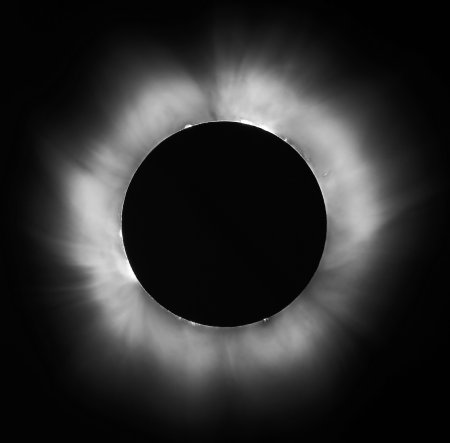
The problem is that the temperature of the corona is between one and three million kelvin, whilst the temperature of the surface is much, much cooler, only about 6000K.
There doesn’t seem to be any good explanation as to why the region above the surface is hotter than the surface itself. The Second Law of Thermodynamics says that thermal energy cannot flow from the cool surface to the hot corona so a different explanation is needed.
There are two competing theories as to what is responsible: wave heating, and magnetic reconnection. The first, wave heating, says that energy is transferred by waves in the plasma a bit like sound waves; the second, magnetic reconnection says that energy is released as electrical currents induced by the collapse of the Sun’s magnetic field. This is the same phenomena that creates coronal loops like the one shown in the photograph below.
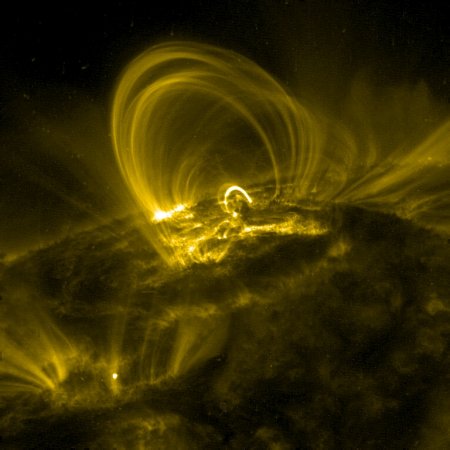
Most scientists think that a combination of the two theories is responsible; it is hoped that NASA’s Solar Probe+ will solve the coronal heating problem for good.
Here’s a project for half-term: magnetic LED throwies.
The Finished Article
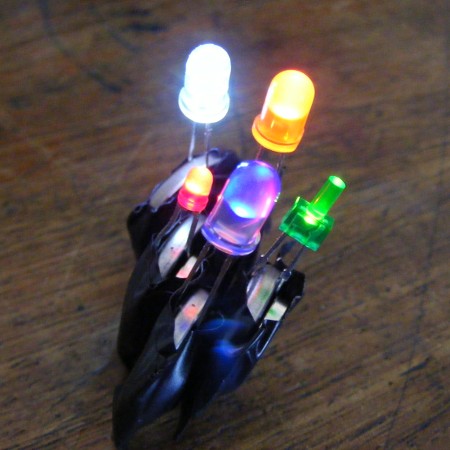
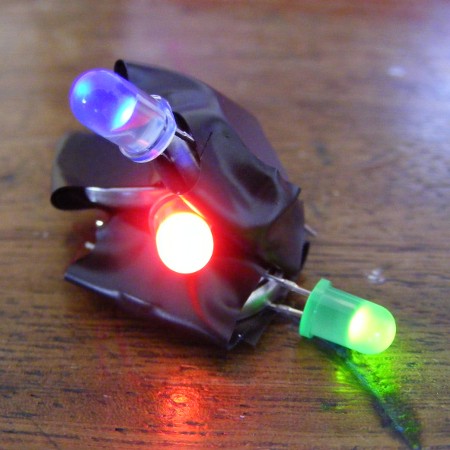
First you’ll need an LED. You can buy them from any electronics supplier such as Maplin, Rapid or RS.
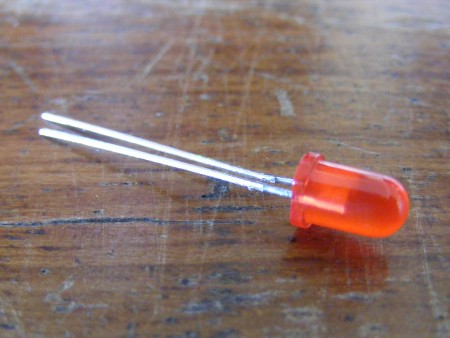
You’ll also need a small magnet. I bought 12mm×2mm neodymium-boron magnets from first4magnets.com.
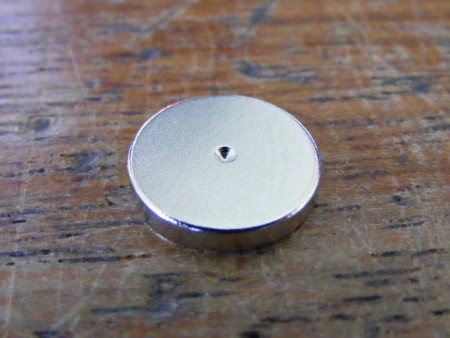
Lastly you’ll need a CR2032 battery. I bought mine from cheaperbatteries.co.uk.
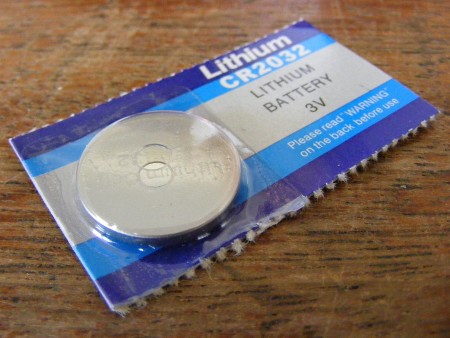
Step 1: Place the battery in between the “prongs” of the LED.
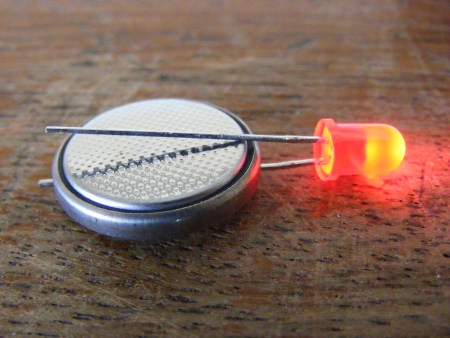
Step 2: Attach the magnet to the battery and LED.
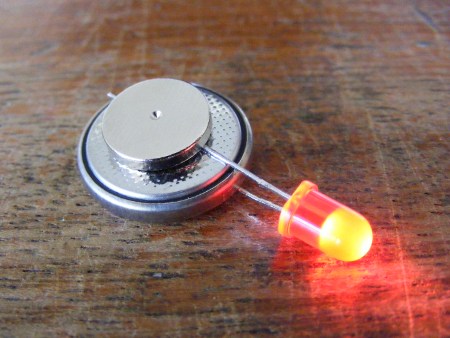
Step 3: Wrap the whole thing in electrician’s insulating tape, available from any DIY shop.
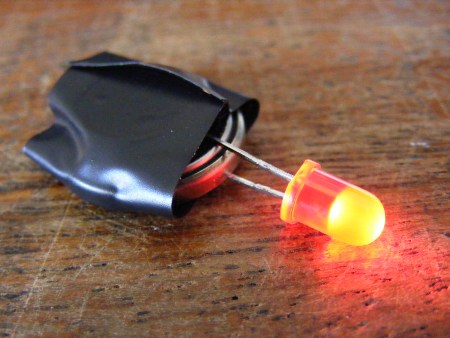
Step 4:
Props to Graffiti Research Labs for the original idea.
The graph below shows the composition of the entire Universe.
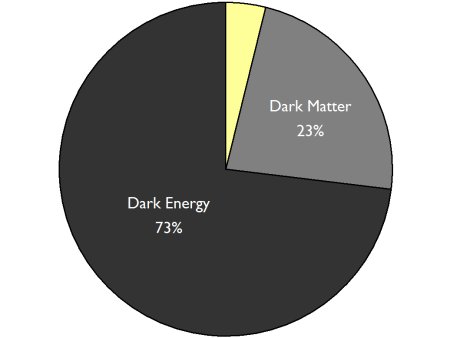
That tiny 4% yellow slice? That’s all the baryons, electrons, gluons, leptons, mesons, muons, neutrinos, neutrons, photons, protons, quarks, tau particles and W/Z bosons that we know of.
Everything else in the Universe? We have no idea.
Let me say that again: 96% of the Universe is made up of something that we don’t understand. Current thinking is that it’s divided into two parts: dark matter and dark energy.
Dark Matter
In 1933 astronomer Fritz Zwicky at Caltech was looking at the rotational speed of galaxies in a cluster called the Coma cluster and noticed that galaxies were rotating much faster than they should have been – something invisible was causing a gravitational force that kept them moving faster than they should have done. This effect is observed throughout the Universe and we now call this invisible something Dark Matter. And we have no idea what it is.
Dark Energy
In 1998 astronomers from the Supernova Cosmology Project at Lawrence Berkeley National Laboratory noticed that the further away a supernova was, the faster it was moving away – basically the expansion of the universe was accelerating! There was no explanation for this: the solution was Dark Energy. And again, we have no idea what it is.
But…
It’s worth bearing in mind that Dark Matter and Dark Energy are just ideas; we don’t know for certain that they exist or that they’re the solution to the problems mentioned above; there’s no guarantee that what’s called the ?CDM model of the Universe is even correct! There could be something else entirely at work!
Maths shows that there are nearly 2,000,000,000,000 ways to lace a pair of shoes. However, most of these would be totally impractical.
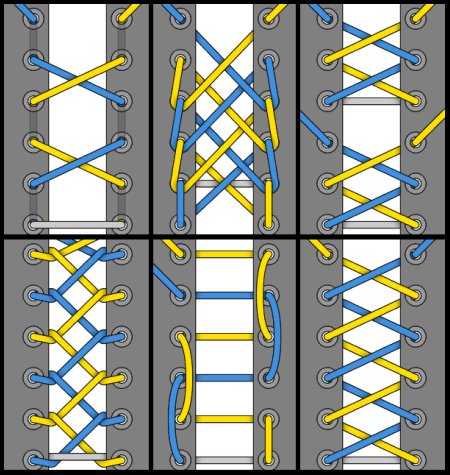
However, there are at least 34 ways to lace shoes that do work.